Free & open source software - introduction
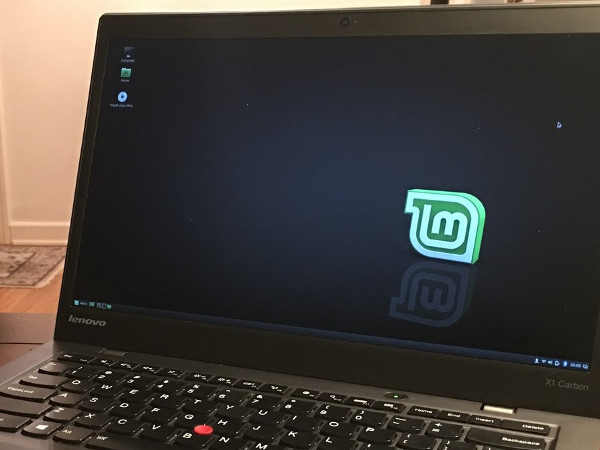
“As our society grows more dependent on computers, the software we run is of critical importance to securing the future of a free society. Free software is about having control over the technology we use in our homes, schools and businesses, where computers work for our individual and communal benefit, not for proprietary software companies or governments who might seek to restrict and monitor us.” – Free Software Foundation
Contents
What is free & open source software?
A lot more than software can be free / open source, but that’s what we’re focusing on here. Free & open source software (FOSS) is software that is free as in ‘protecting your freedom’. Also, you’re free to do what you like with it, so you can change it and pass it on to others. FOSS is the opposite of ‘closed source’, or proprietary software such as that produced by Microsoft or Apple, the code of which is not available for you to look at or modify, and you may be breaking the law if you do so. Richard Stallman wrote the Four Freedoms which include the rights to use, study, share and improve the software.

Because it’s free, if someone writes some code that does a specific job for them, it can be made available to someone else who can then amend it to do something different for them, and so on. The original software might have done something very basic and useful to just one person, but it can evolve into something very powerful and useful to a lot of people. It can benefit the original writer too, as it can still do the job it was first written for, but because of collaboration it has been improved – faults removed and functionality added.
Around 2% of the world’s computers have an open source operating system (the free equivalent of MS Windows or Mac OS), but you can also run FOSS on a closed source operating system. Examples include Firefox (web browser), Thunderbird (email client), Libre Office (word processing, spreadsheets etc.), GIMP (image manipulation), MySQL (database) and VLC (media player) – and even the operating system itself (GNU/Linux).
History
In 1983, Richard Stallman launched the GNU free software project, on which many people could collaborate, and in 1985 he founded the Free Software Foundation, to promote and assist the development of free software.
In 1991, Linus Torvalds created the ‘engine’ for the first free / open source operating system called the Linux kernel. A kernel is the fundamental base of the code, like the engine of a car – you need a lot more than an engine to have a useful car, but it doesn’t work without the engine. Also in the 90s, Richard Stallman was developing a free operating system that needed a kernel. He used the Linux kernel and the GNU/Linux operating system was born. It’s often referred to as just Linux, but the correct term is the GNU/Linus operating system.

There’s a difference between free software and open source software. They’re the same in terms of code – the difference is political. When the free software movement started, it was all about the community – about sharing software, music, art etc. The corporate sector co-opted the term open source, and it turned into a ‘software war’ that most people don’t even know about. Richard Stallman provides more information about the difference between free and open source software. It may be time to come up with a new term that means the code of free software is open.
Short animation from the Free Software Foundation showing the hazards of proprietary software.
What are the benefits of free & open source software?
- The free software movement mean ‘free’ as in ‘free speech’ rather than in ‘free beer’ – so ‘liberty’ rather than ‘gratis’ (however, it can be also free as in gratis or it may have a price set by the modifier).
- It doesn’t cost anything to upgrade either, whereas old proprietary software often won’t run on new operating systems, and so you have to buy newer versions, when the old ones work perfectly well.
- Commercial software companies often make their products deliberately incompatible with other companies’ products (vendor lock-in); free software helps you avoid this.
- Because so many people get to see the open source code, it’s checked more, and therefore tends to have fewer bugs and to be more secure; open source bugs tend to be fixed more quickly too – again because of strength in numbers.
- Security: proprietary software can and often does have ‘back doors’ that allow government or corporate surveillance of people’s data; open source software is much less likely to have them, for the reasons outlined above.
- GNU/Linux will run on just about any hardware, and so can be used on old computers, helping to extend the life of computers and reduce waste.
- Using free software means that you don’t have to support multinational corporations.

What can I do?
Software
You can do pretty much anything with free software that you can do with proprietary software. With some software you will hardly notice the difference – others will present you with a bit of a learning curve. Try some alternatives from the directories below (see further resources), download, install and play with them to see how simple they are – and they’ll all run on a proprietary operating system. You won’t want to pay for software again.
Support
You can get support for free software via online forums for that particular software. Just put the name of the software and your question into a search engine and you’ll get most of your questions answered – the forums are community-based and free. You can also purchase support if you’d like a bit more peace of mind.

Operating system
When it comes to changing your operating system, if you’re at all technical, you can just search online, find GNU/Linux and install it on your computer. There are lots of distributor websites from which to download it. This next bit may or may not be obvious to you, but after you’ve downloaded it, you’ll have it on your computer, but you will still have a proprietary operating system – so it will have to be transferred to a CD or pen drive for example, to be installed. Then (and here’s another benefit) you can try it before you decide to go for it. You can run Linux directly from an external drive and ‘try before you (don’t) buy’.
Do some research – go on to online forums or talk to someone who’s done it already; or just get a techie to do it all for you. Ubuntu is the most popular free operating system, followed by Linux Mint. It’s unusual to get problems – they just work. If there are any minor problems, they’re usually easily solved.
With a free operating system you can customise the desktop / user interface much more than you can with a proprietary system.
It’s possible (but difficult) to get a computer store to remove Windows from a new computer, and to reduce the price accordingly. It would be good if vendors at least asked you which operating system you’d like – but corporations collaborate and support each other. The current situation is like buying a bookshelf, only to find that it’s already full of books you don’t want, but have to pay for. Various sites sell computers with Linux installed, and Linux Pre-loaded lists vendors world-wide.

Spread the word
One very important thing you can do is to learn how to install and use it, and then teach others; and also to promote it, blog about it, spread it via social media etc.
Introduce your kids to free software (actually, they might introduce it to you) – get them to talk to their teachers about using and learning about free software in their school – it’s much better for helping them learn to code, as the code isn’t secret! Large corporations are infiltrating schools, so get your kids to nag their teachers to provide information on free software.
Other
One thing to note – yes, free software can have no cost, but anyone is welcome to sell it. Say you modify and package up some free software utility programs and put them on a disc – you may sell that package. You must however give the source code back to the community for no cost.
Free software is a type of ‘commoning‘ – Wikipedia, the free encyclopedia, is another famous example. The approach can be used for problem-solving too – it’s sometimes used in medical research. And who knows, maybe one day we’ll have free & open source government.
Further resources
- switching.software is a grassroots website, that is trying to let people know about ethical and easy-to-use alternatives to well-known websites, apps and other software.
- Agaric Co-op in the States have a constantly-updated article on the free software that businesses might need.
- the Free Software Foundation have a huge collaborative directory of free software.
- Laptop with Linux sell computers with Linux operating system installed
- Linux Pre-loaded lists vendors world-wide.
Specialist(s)
Thanks to Peter Green & Simon Lennane for information.
The specialist(s) below will respond to queries on this topic. Please comment in the box at the bottom of the page.

Simon Lennane is an NHS GP in Herefordshire. Simon has an interest in wellbeing and social prescribing, which uses non-medical sources of support in the community to address issues like loneliness and de-medicalise health conditions. In his spare time he grows fruit and makes cider organically, and is also an advocate for Linux and open source / free software.

Micky Metts of Agaric, based in Boston, Massachusetts, is active in both the co-operative and free/open source movements. Micky is a contributor to Ours to Hack & to Own, and gives talks at conferences around the US about how to avoid the Orwellian 1984-type nightmare in the digital world. She that it’s ‘tragic’ that most people are forced to give money to Microsoft when they don’t need to and don’t want to.

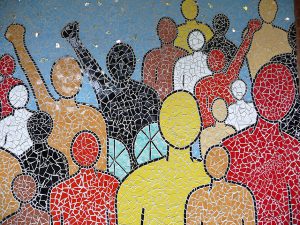
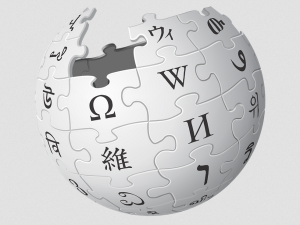


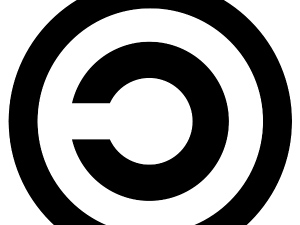
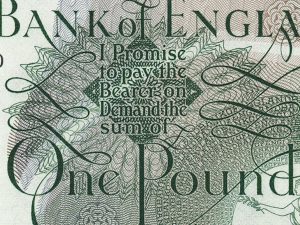




2 Comments
Hi, thanks for your informative article. Unfortunately the website noncorporate.org doesn’t appear to exist. Is there a current alternative please? Many thanks, Ben
Hello Ben. Just seen this – sorry. We’ve been focusing on building the commons over the last couple of years, so we’ve put noncorporate.org on hold. We’re looking to revive it soon though, with a slant towards the commons.